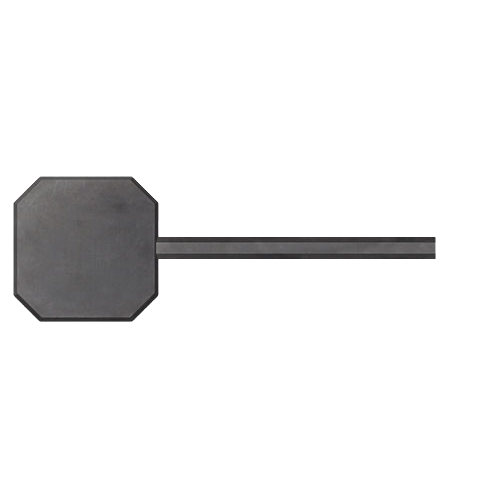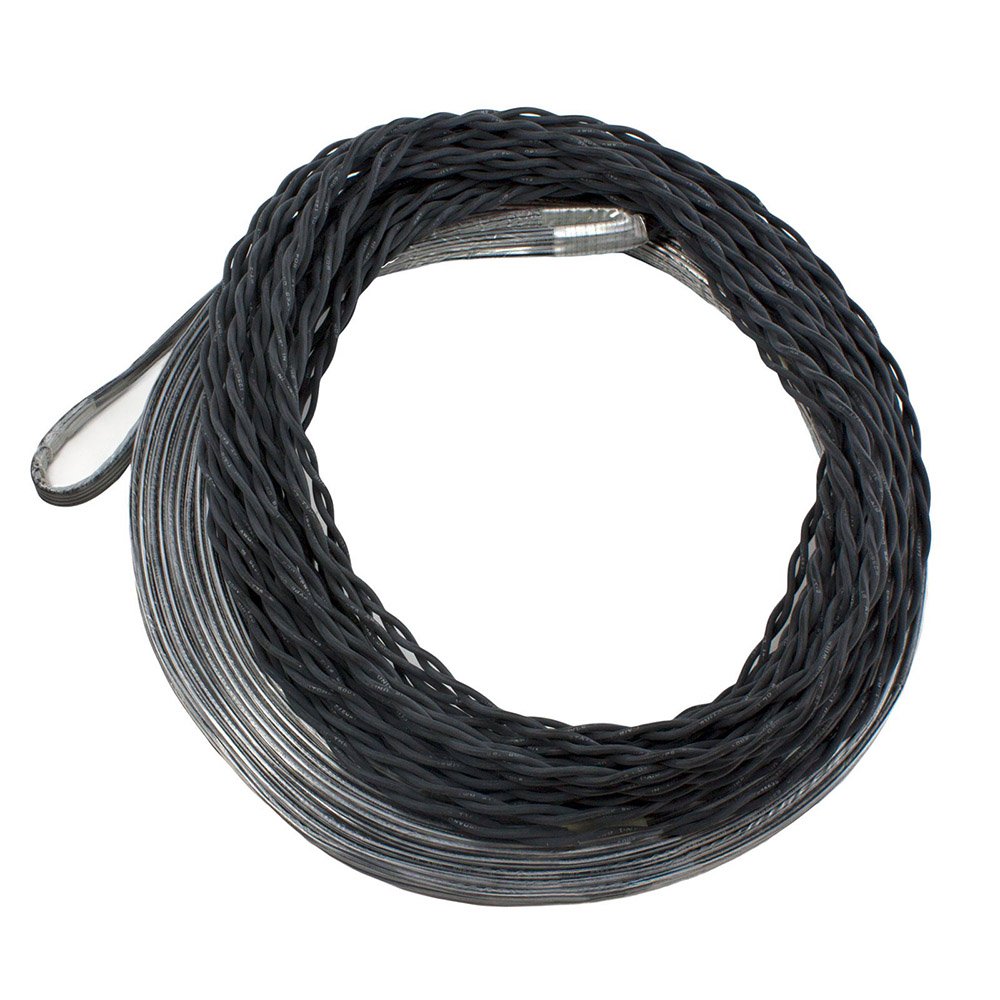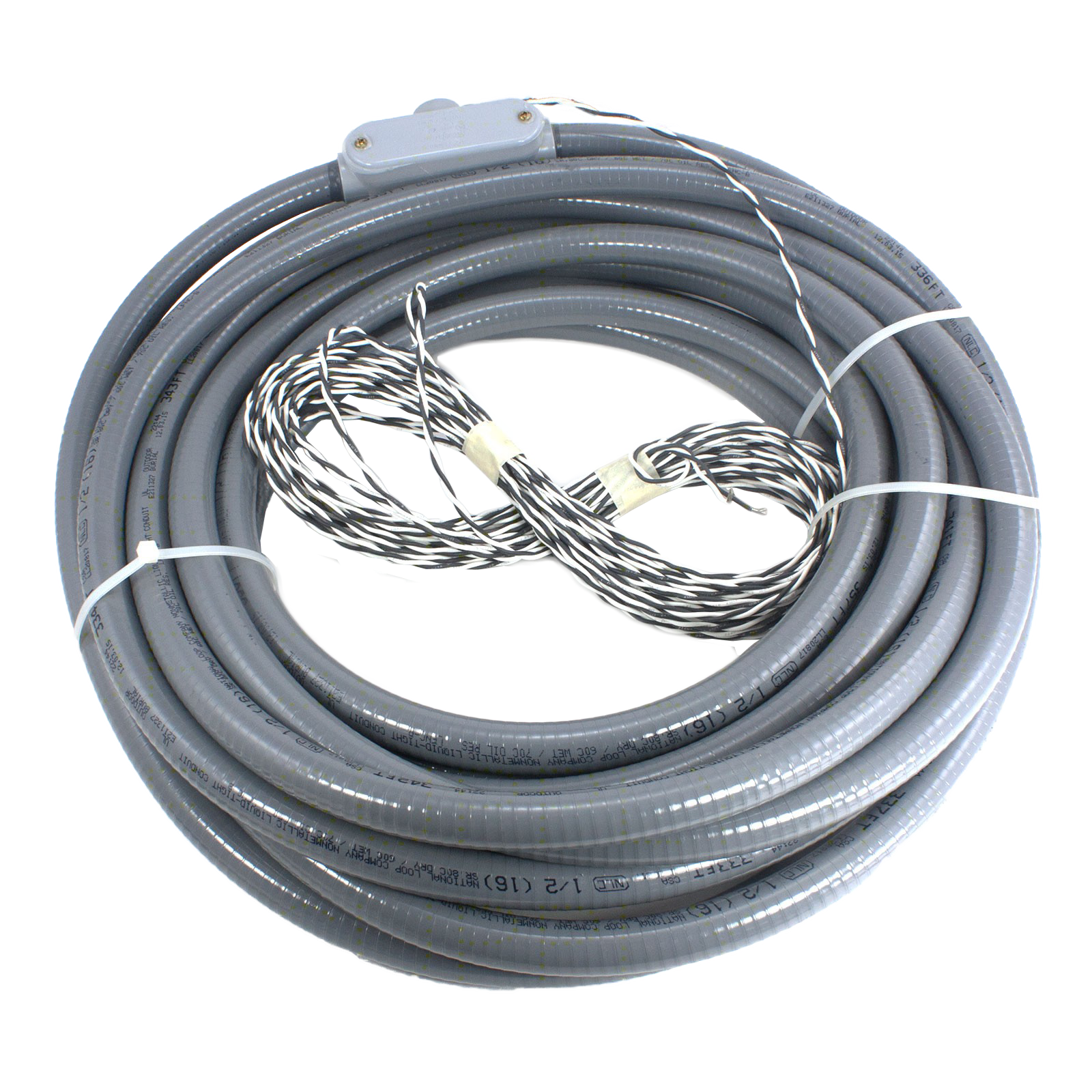Vehicle Loops: Surface Mounted Loops

Imagine a situation where you’re tasked with setting up a vehicle detection system in a parking garage, on a concrete driveway, or any other area where cutting into the pavement just isn’t feasible. Maybe the surface is a post-tensioned concrete structure that can’t be compromised, or perhaps you’re working under tight constraints that make traditional installation methods too time-consuming or risky. This is exactly where surface-mounted loops come in handy. These innovative systems are designed to sit directly on top of the surface, avoiding the need for saw cutting or other invasive techniques. They provide a reliable solution that doesn’t sacrifice functionality or safety. With their straightforward setup, they’re ideal for projects where preserving the existing surface is a top priority. Let’s explore what makes surface-mounted vehicle loops such a practical choice, how they work to detect vehicles, and the many ways they can be used to simplify your access control or traffic management needs.
What Are Surface-Mounted Vehicle Loops?
Surface-mounted vehicle loops are detection systems placed directly on top of road surfaces. Unlike traditional loops that require cutting into the pavement, these sit above ground, making them ideal for areas where saw cutting is risky or prohibited. They come pre-assembled and ready to install, often including adhesive and lead protection to ensure a secure setup. This design is particularly beneficial for structures like parking garages with post-tensioned concrete, where cutting can be hazardous.
How Do Surface-Mounted Loops Work?
These loops operate by generating an electromagnetic field that detects the presence of vehicles. When a metal object, such as a car or truck, moves over or stops on the loop, it disrupts the electromagnetic field. This disruption is then picked up by the loop system, which sends a signal to the connected control mechanism to trigger specific actions. These actions might include opening a gate, activating a parking barrier, or even recording vehicle entry data for further analysis. The non-invasive nature of surface-mounted loops allows for quick and straightforward deployment, all while maintaining the condition of the surface they’re installed on. These features make them an excellent choice for environments where preserving the pavement is critical, or where time constraints demand a rapid solution. Surface-mounted loops are practical in many different scenarios, such as:
- Parking Access Control: Managing vehicle entry and exit in parking facilities without altering or damaging the existing pavement, making them perfect for both short-term and permanent parking setups.
- Automatic Gates: Offering a reliable way to detect vehicles and automate gate operations in residential neighborhoods, commercial buildings, and high-security areas where precision and speed are important.
- Traffic Management: Assisting in vehicle detection for traffic light control and lane monitoring, especially in areas where traditional installation methods would be challenging or disruptive.
- Temporary Installations: Ideal for event parking or construction sites where a detection system is needed temporarily but still requires reliable performance and easy removal afterward.
Advantages of Surface-Mounted Loops
Choosing surface-mounted loops comes with numerous benefits that make them an attractive choice for a variety of applications:
- Non-Invasive Installation: Avoids the need to cut into the pavement, protecting sensitive surfaces and reducing the risk of costly repairs while simplifying the setup process.
- Quick Setup: Pre-assembled and ready for installation, significantly cutting down the time required to get the system operational and reducing associated labor costs.
- Versatility: Suitable for various settings, from parking garages and traffic control systems to event spaces and temporary setups, offering flexibility across multiple use cases.
- Safety: Reduces the risks of damaging sensitive structures, such as post-tensioned concrete, ensuring long-term reliability without the need for invasive techniques.
Considerations When Choosing Surface-Mounted Loops
When selecting surface-mounted loops, several important factors should be taken into account to ensure they meet your specific needs:
- The Length of the Lead-In Cable, which must be adequate to connect the loop to the control system without straining the wiring or requiring additional adjustments. Options often include 3' and 6' protected lead-ins along with an additional 30' of twisted pair lead-in, offering flexibility for installations of varying distances.
- Compatibility is another crucial factor, as it’s essential to ensure that the loop integrates seamlessly with existing detection systems and controllers to prevent issues like signal disruptions or connectivity failures. Finally, environmental factors play a significant role in determining the right loop, as exposure to harsh weather, high traffic volume, or other challenging conditions can affect performance.
- Environmental Factors play a significant role in determining the right loop, as exposure to harsh weather, high traffic volume, or other challenging conditions can affect performance. By carefully considering these aspects, you can choose a surface-mounted loop that will deliver consistent and reliable performance for years to come.
Contact Us
Whether you're looking for a Surface Mounted loop for your commercial property or for your home, Vehicle Loops has you covered! We offer over 1500 different loops in different sizes, shapes, styles, and colors, and are happy to help you find the right solution for you. Contact our expert sales team for any more questions that you may have on Vehicle Loops today!
Contact Us



